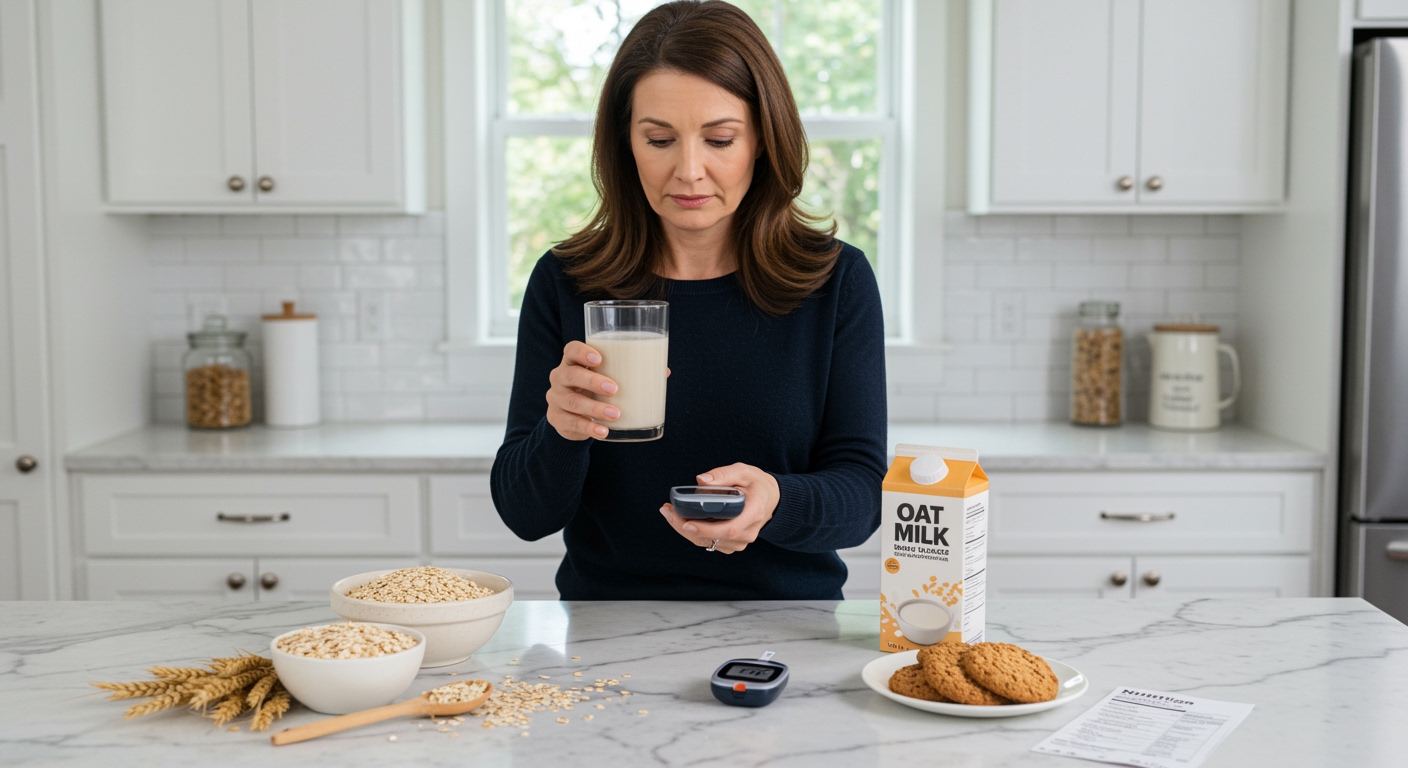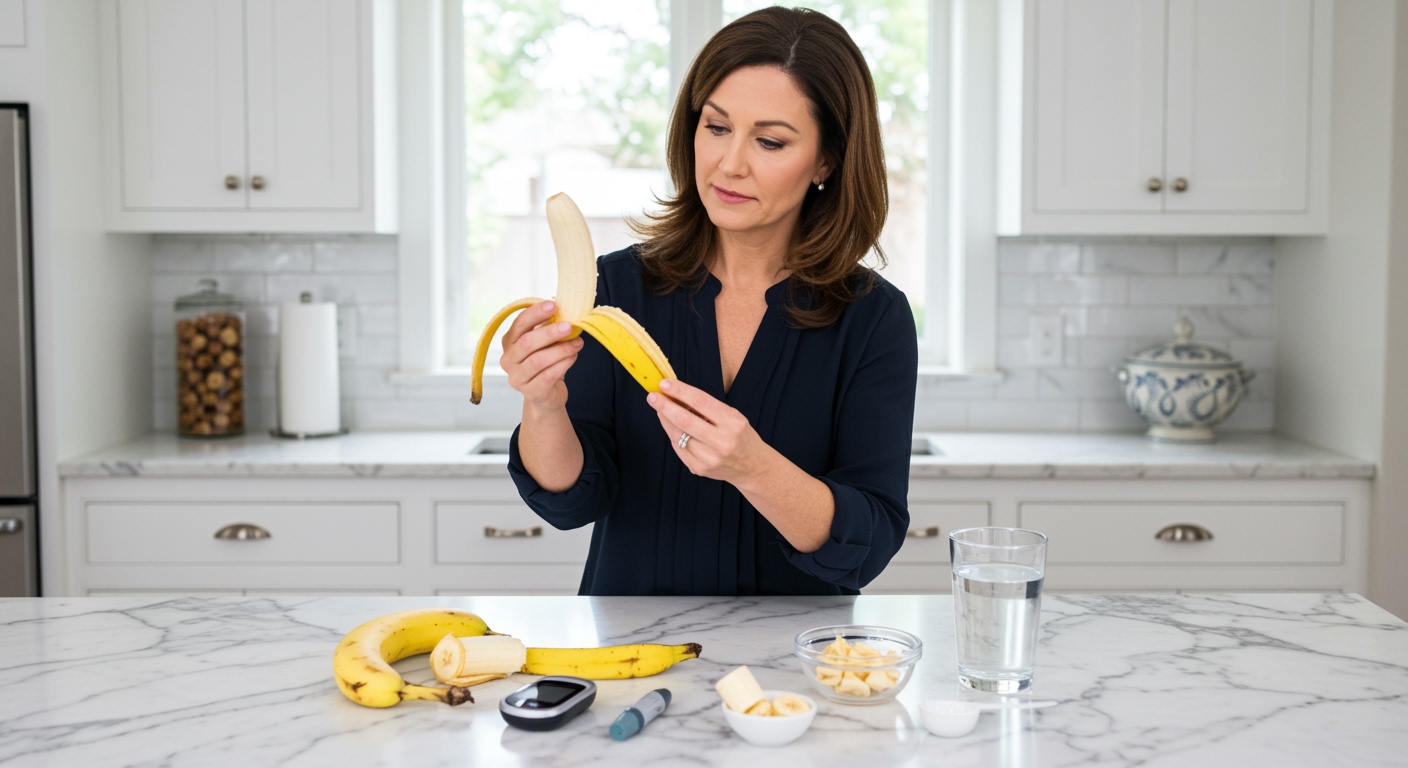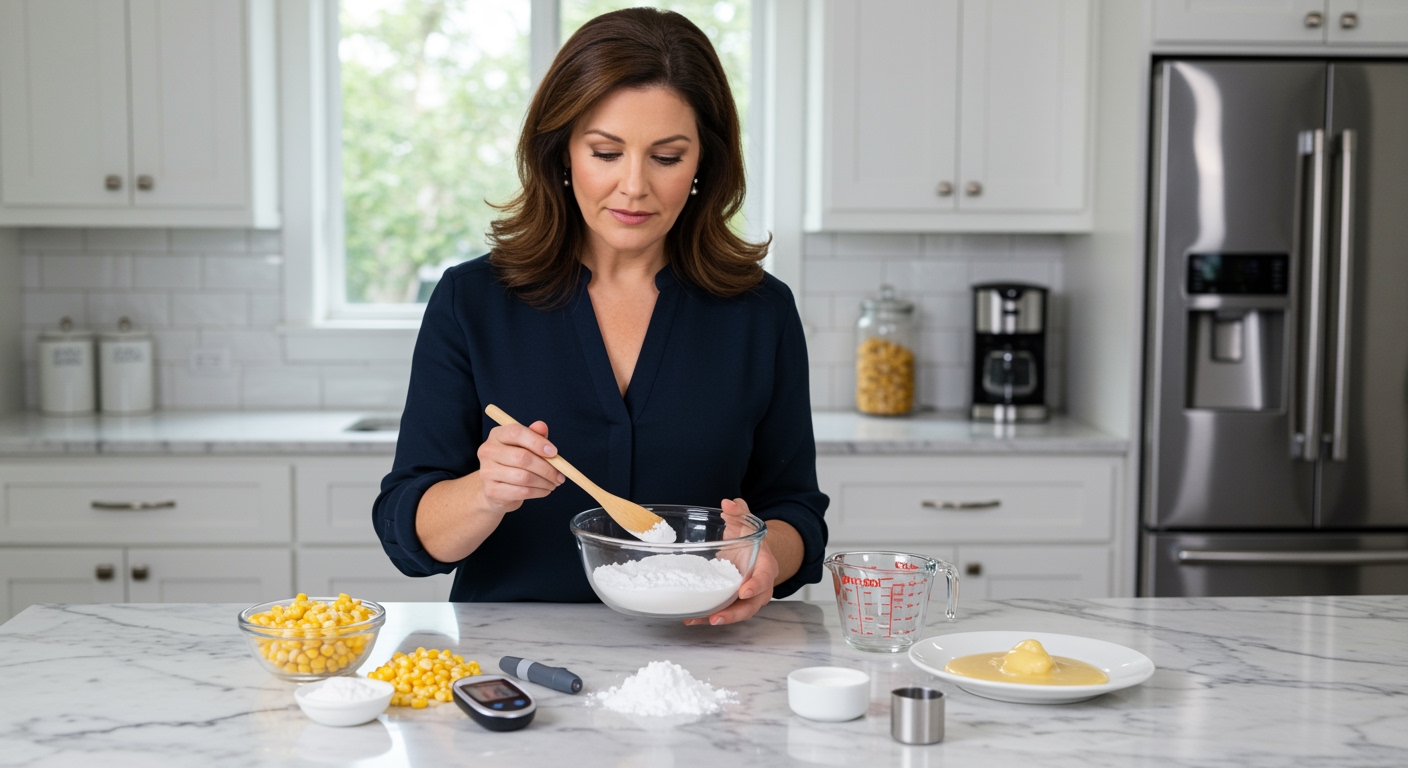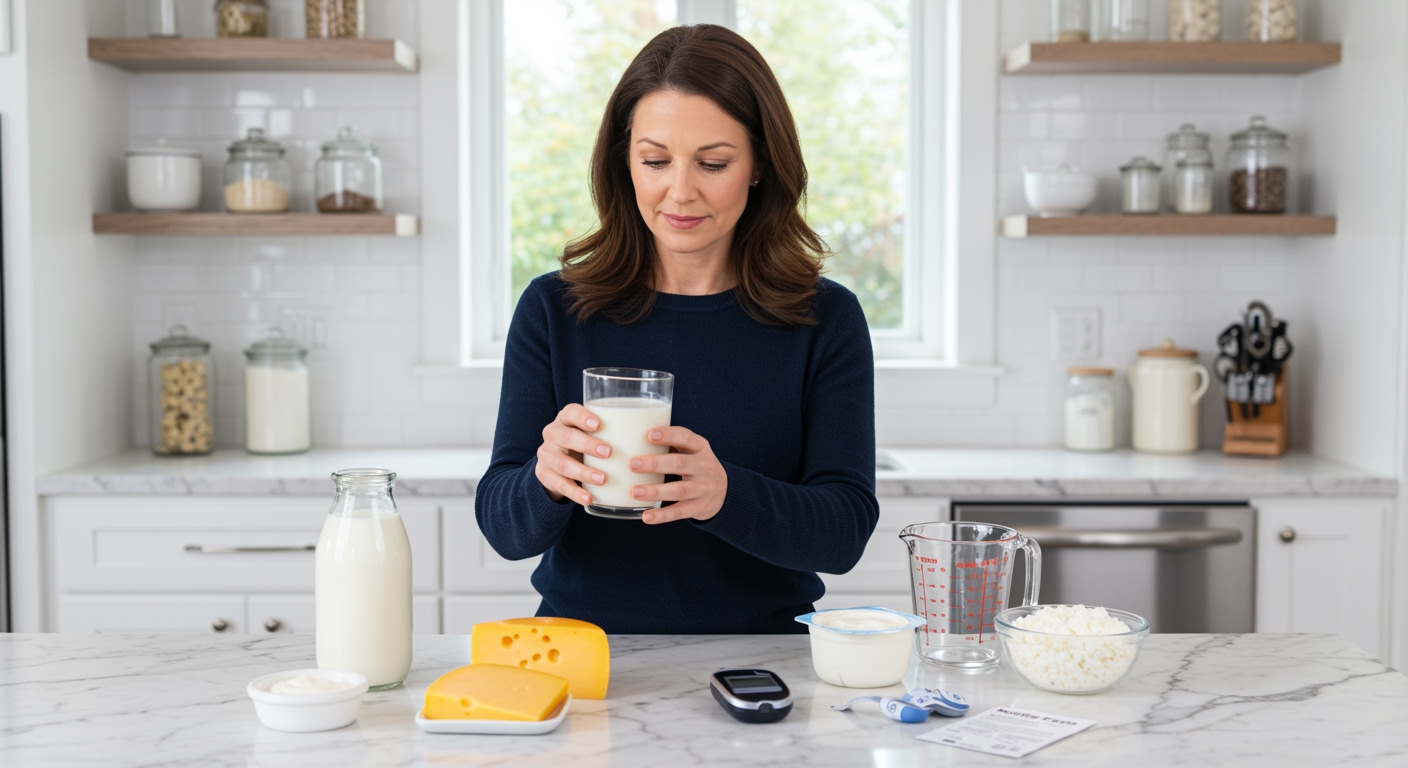✪ Key Takeaway: Guacamole is excellent for diabetes when made with whole ingredients and eaten in proper portions.
Introduction
You reach for that bowl of creamy guacamole at your friend’s party, then suddenly stop.
Your mind races with questions about blood sugar spikes and whether this delicious dip will mess with your diabetes management.
Hi, I’m Abdur, your nutrition coach and today I’m going to explain exactly how guacamole affects your blood sugar and why it might actually become your new favorite diabetes-friendly food.
What Makes Guacamole Different From Other Dips?
Most party dips are loaded with processed ingredients that send your blood sugar on a roller coaster ride.
Guacamole stands apart because its main ingredient is the avocado, a fruit that contains virtually no sugar.
A whole avocado contains less than one gram of sugar and has a glycemic index of practically zero.
This means avocados cause almost no rise in blood glucose levels when you eat them.
The healthy fats in avocados actually help slow down the absorption of carbohydrates from other foods you eat with them.
When you dip vegetables or even a small amount of whole grain chips into guacamole, those fats create a protective buffer that prevents rapid blood sugar spikes.
✪ Fact: One cup of guacamole contains only 4 grams of net carbs compared to 20+ grams in most commercial dips.
How Do The Ingredients In Guacamole Affect Blood Sugar?
Traditional guacamole contains simple ingredients that work together to support stable blood sugar levels.
Avocados provide monounsaturated fats that improve insulin sensitivity over time.
Lime juice adds vitamin C and citric acid, which can help slow carbohydrate absorption in your digestive system.
Fresh garlic and onions contain compounds that may help your body use glucose more effectively.
Tomatoes contribute lycopene and fiber while adding minimal carbohydrates to the mix.
The fiber content in homemade guacamole helps create a feeling of fullness that prevents overeating and subsequent blood sugar problems.
However, restaurant and store-bought versions often contain hidden sugars, preservatives, and inflammatory oils that can sabotage these benefits.
✪ Pro Tip: Always check ingredient labels on packaged guacamole for added sugars and artificial preservatives.
What About Portion Control With Guacamole?
Even healthy foods can cause problems when you eat too much of them.
A reasonable serving of guacamole is about 2 tablespoons, which equals roughly one-fourth of a medium avocado.
This portion provides approximately 60 calories and 6 grams of healthy fats without overwhelming your system.
The calorie density of avocados means that large portions can contribute to weight gain over time.
Extra weight makes diabetes management more difficult because it increases insulin resistance throughout your body.
Pay attention to what you eat guacamole with because the vehicle matters as much as the dip itself.
Raw vegetables like bell peppers, cucumber, and celery make excellent choices that add nutrients without spiking blood sugar.
✪ Note: Use measuring spoons initially to train your eye for proper guacamole serving sizes.
Can Guacamole Actually Help With Diabetes Management?
Research suggests that regular avocado consumption may provide protective benefits for people with diabetes.
The monounsaturated fats in avocados help improve the way your cells respond to insulin over time.
Better insulin sensitivity means your body needs less insulin to move glucose from your bloodstream into your cells.
Studies show that people who eat avocados regularly have lower fasting glucose levels compared to those who avoid them.
The fiber in guacamole slows digestion and helps prevent the rapid blood sugar spikes that damage blood vessels over time.
Avocados also contain potassium, which supports healthy blood pressure levels.
High blood pressure often occurs alongside diabetes and increases the risk of serious complications like heart disease and stroke.
✪ Fact: People who eat avocados have 50% lower risk of developing metabolic syndrome according to recent studies.
What Should You Avoid In Store-Bought Guacamole?
Commercial guacamole products often contain hidden ingredients that can sabotage your blood sugar control.
Many brands add sugar, corn syrup, or other sweeteners to improve taste and shelf life.
Preservatives like sodium benzoate and artificial colors may trigger inflammation in sensitive individuals.
Some products use vegetable oils instead of pure avocado, which reduces the beneficial fat content.
Excessive sodium levels in processed guacamole can worsen blood pressure problems that often accompany diabetes.
The best approach is making fresh guacamole at home using whole avocados and simple seasonings.
This gives you complete control over ingredients and ensures maximum nutritional benefits for your diabetes management.
✪ Pro Tip: Make small batches of fresh guacamole to avoid waste and ensure optimal freshness and nutrient content.
The Bottom Line
Guacamole made from whole ingredients is not only safe for diabetes but can actually support better blood sugar control when eaten in appropriate portions.
The best foods for diabetes are often the simplest ones that nature provides without human interference.
I would love to hear about your experience with guacamole and diabetes management, so please share your thoughts, questions, or favorite healthy guacamole recipes in the comments below.
References
At NutritionCrown, we use quality and credible sources to ensure our content is accurate and trustworthy. Below are the sources referenced in creating this article:
- PMC: Avocado Consumption and Metabolic Health
- Signos: Avocado Glycemic Index
- PubMed: Avocado and Diabetes Research
- Love One Today: Is Avocado Good for Diabetics





